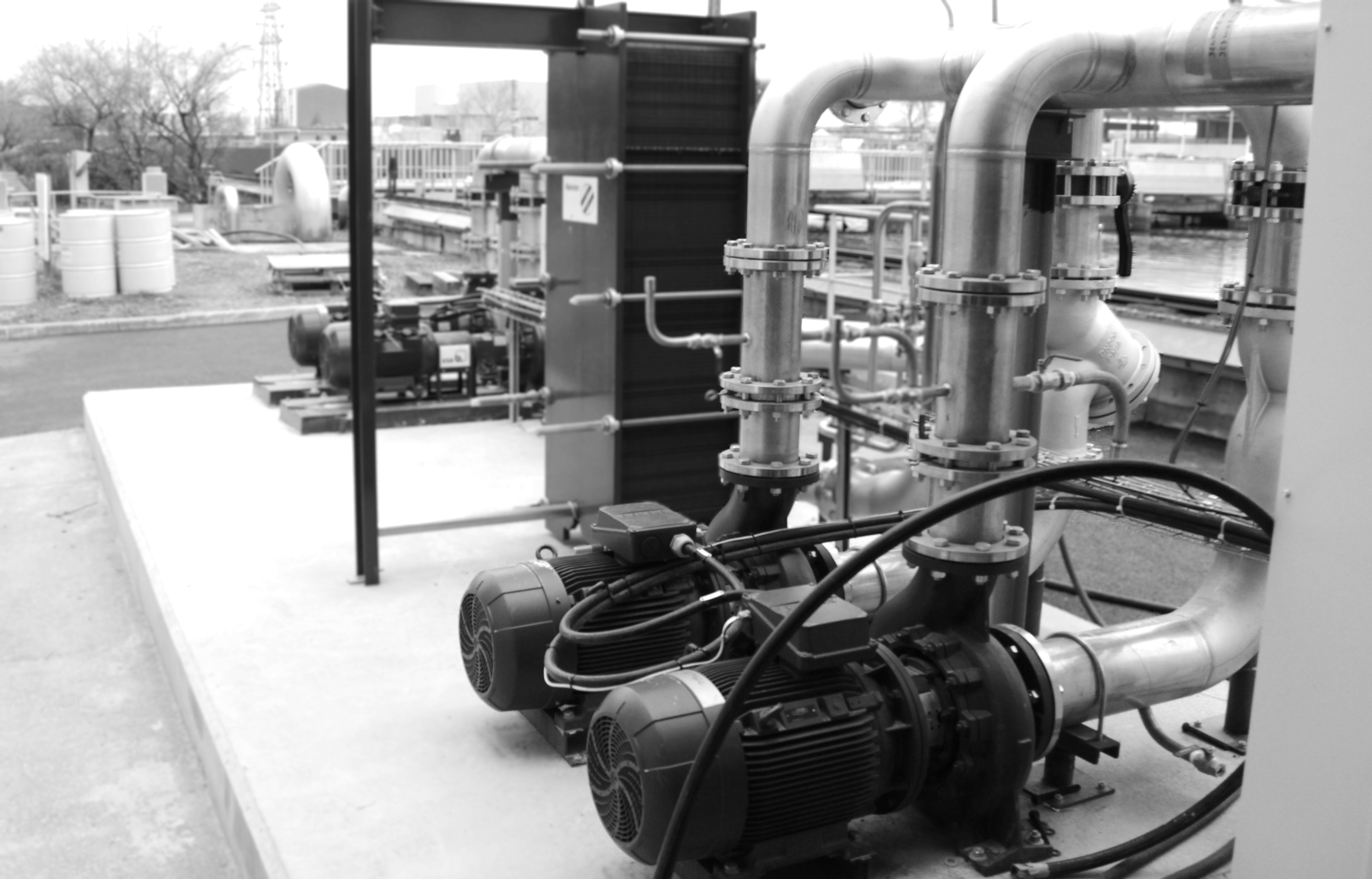The Organic Rankine Cycle (ORC), a closed-loop thermodynamic system, efficiently transforms energy from diverse sources, including biomass, geothermal, solar energy, waste heat from industrial processes, traditional fuels, and waste incineration, into electrical and thermal energy.
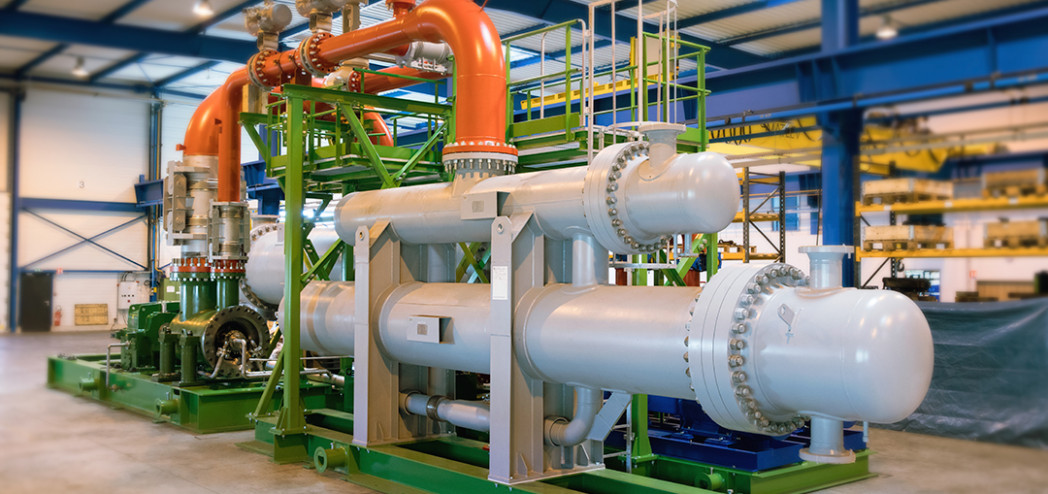
By converting thermal energy into electricity, Enertime designs and builds the ORC systems for a wide range of capacities of from 500 kWe to 10 MWe.
ORC systems increase the energy efficiency of installations and generate benefit from the recovery of waste heat. They also reduce the specific production cost by decreasing the energy demand, and therefore, improve the sustainability of the systems.
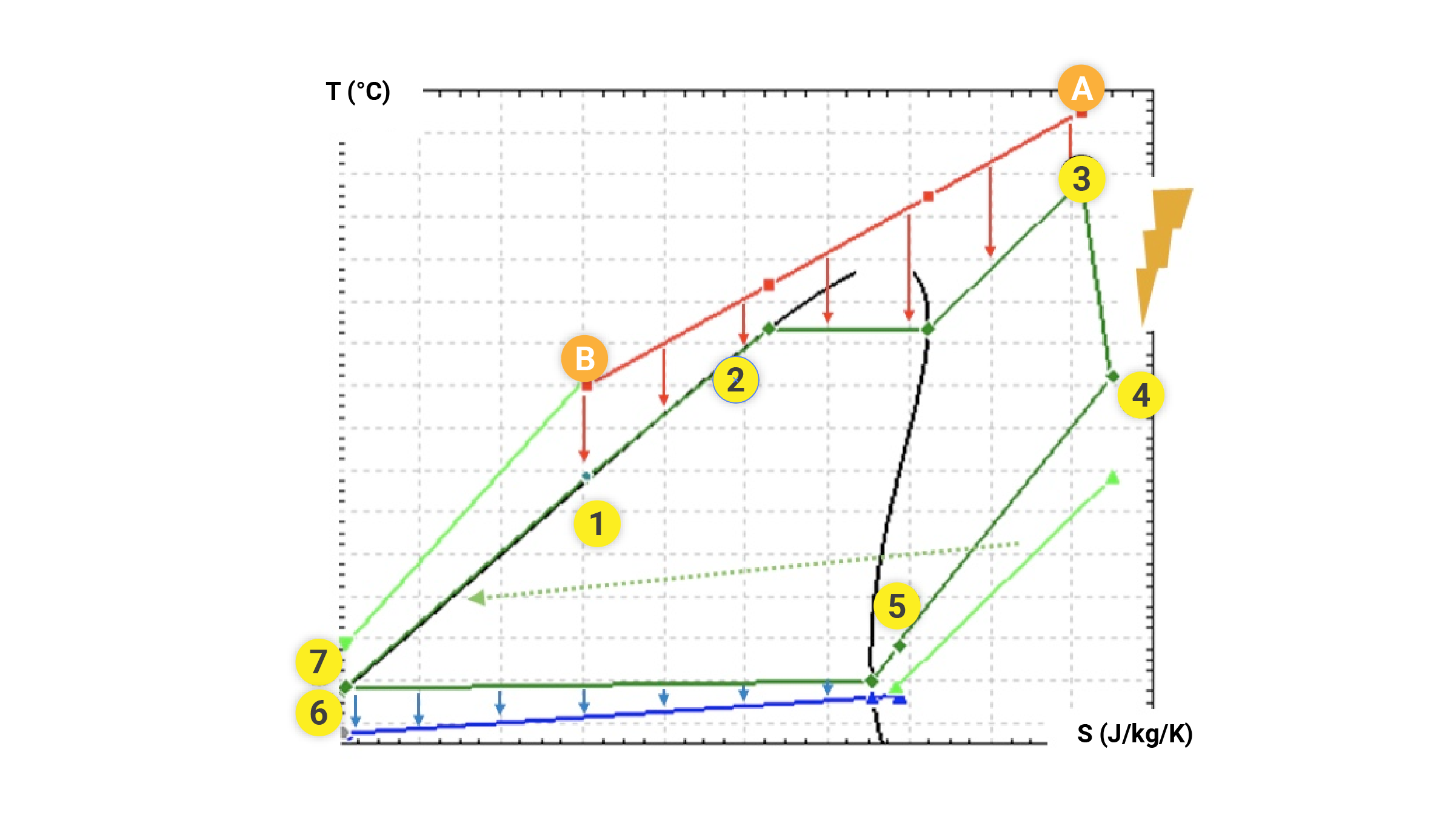
The operation of the ORC system is based on the well-proven Clausius-Rankine cycle, especially for electricity generation.
What is an Organic Rankine Cycle?
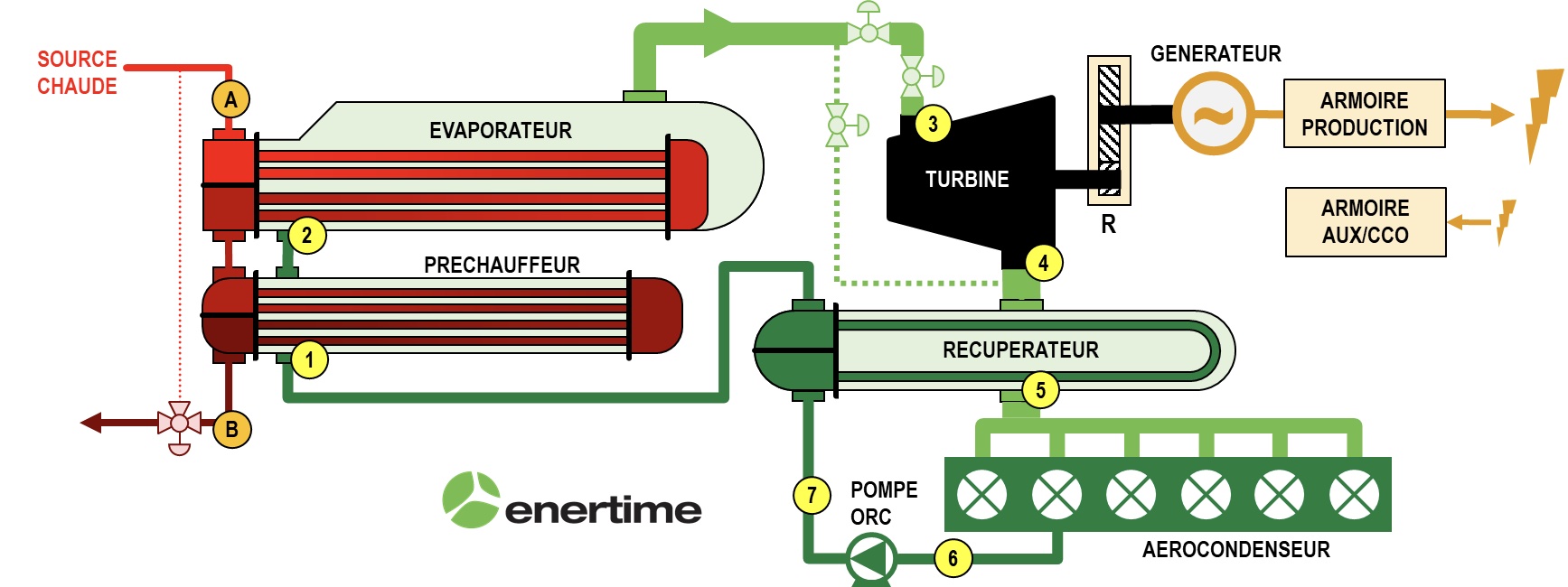
Main components of an ORC System
1. ORC TURBINE
As the central component of the system, the ORC turbine expands the working fluid and produces mechanical energy that is then converted into electricity, by a generator coupled to the turbine shaft.
Our range of ORC turbogenerators is tailored to the requirements of the project, with the turbines fully designed and assembled in our workshops. These multi-stage axial turbines offer robustness and high efficiency, with low vibration levels thanks to their inter-bearing design. They also provide optimum performance at partial loads and non-nominal points, reflecting our commitment to excellence and adaptability.
They are tailor-made to the characteristics of each project and optimized to maximise the performance of our machines, and are also compatible with the new generation working fluids available on the market (HFOs, Alkanes, etc.).
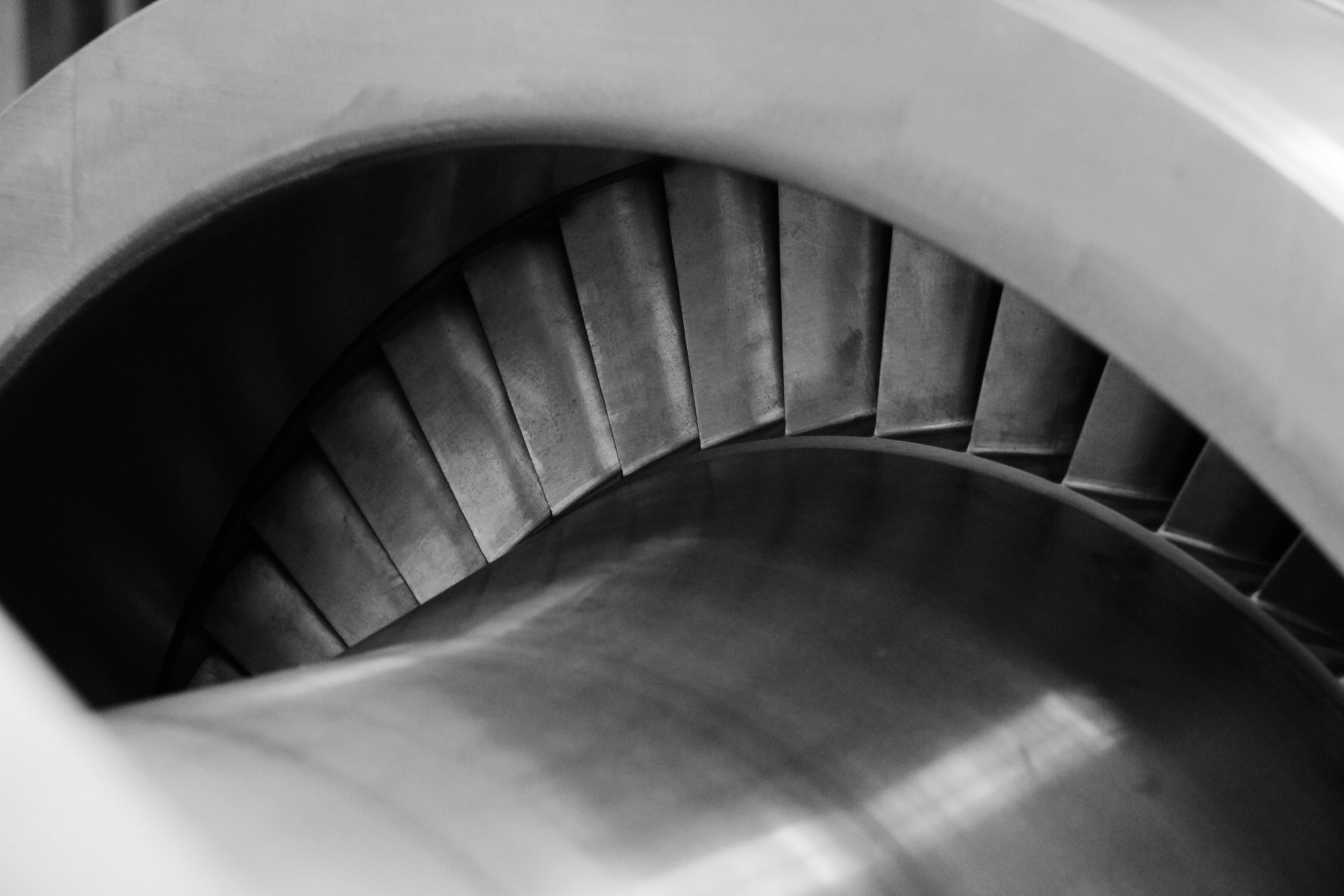
2. THE HEAT EXCHANGERS
The source heat is transferred to the working fluid through the heat exchangers. Shell & Tube heat exchangers are generally used, but their geometry and configuration vary according to the type of the source of heat.
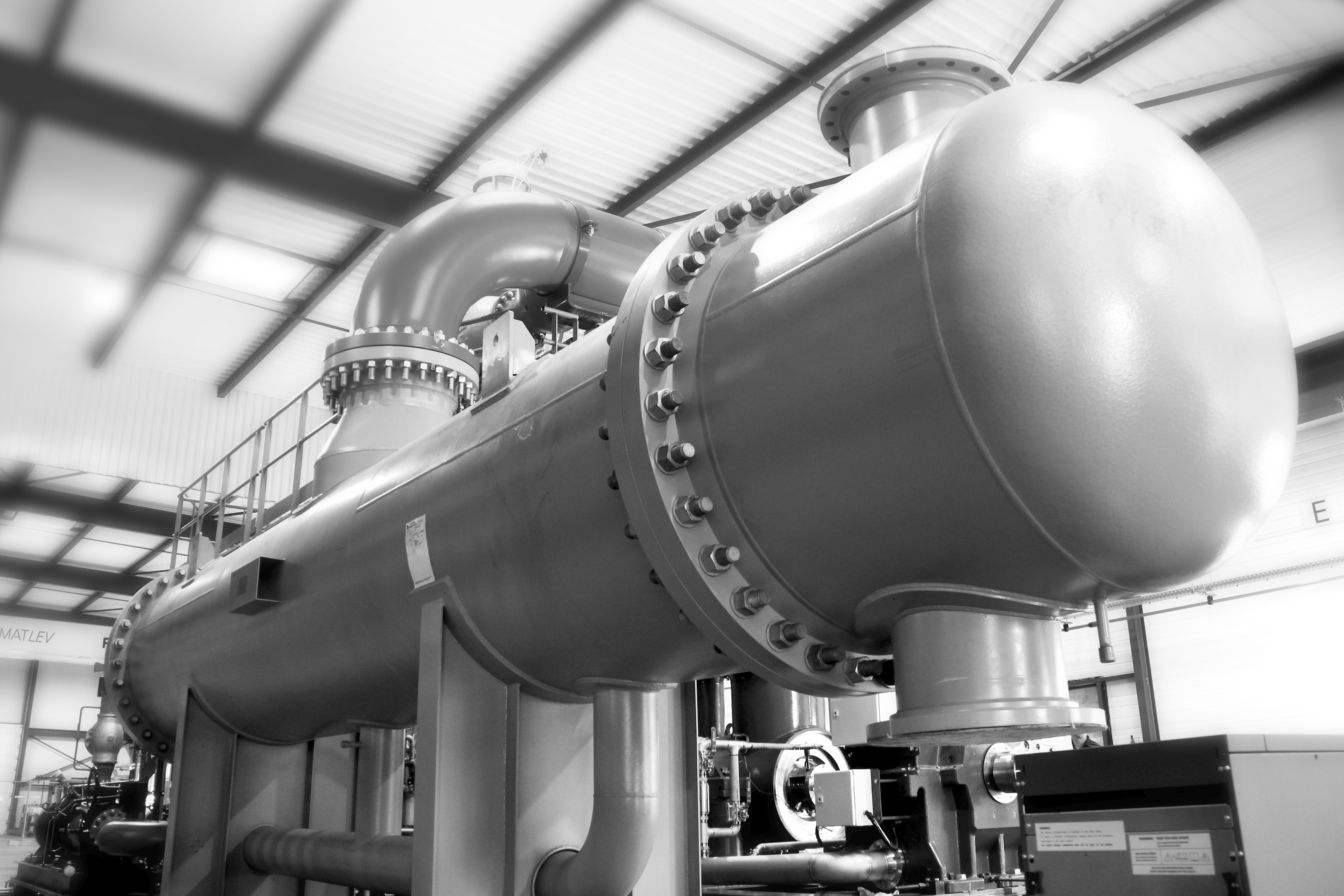
3. THE CONDENSER
The working fluid is cooled and condensed in the condenser before entering the ORC pump.
They are either the air-condenser type in which the air is used as the heat sink and allows the efficiency of the installation to be maximized.
They can also be the Shell & Tube type that transfer the condensation heat to the district heating network, for the internal needs of the industrial site or the nearby greenhouse networks.
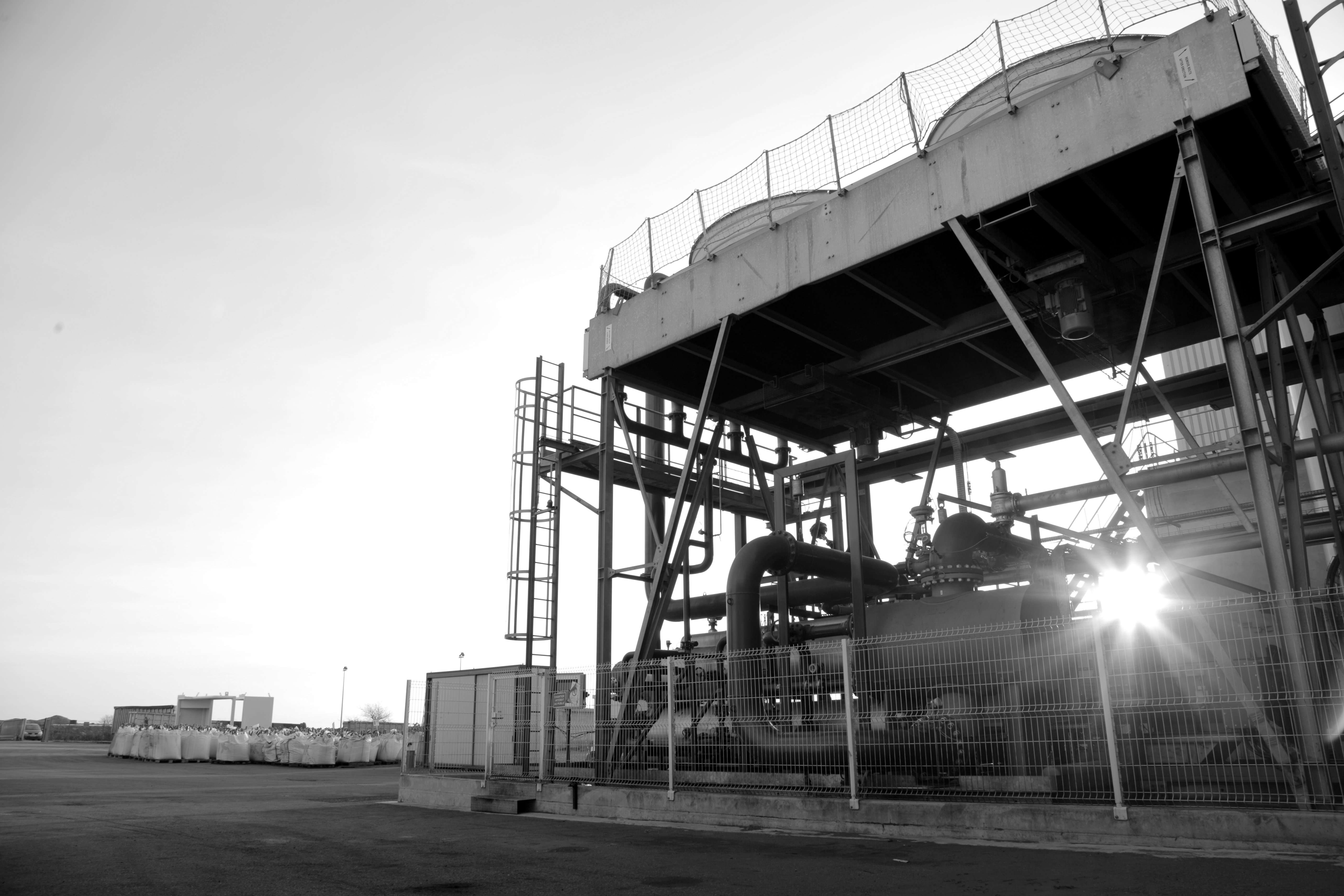
4. THE CIRCULATION PUMP
The ORC pump increases the pressure of organic fluid from the condensing pressure to the maximum pressure of Organic Rankine cycle. The pump is usually driven by an electric motor with variable rotational speed.
ORC customers acknowledge the several advantages of these systems, as they can operate in a fully automated mode without risks and with no need to of supervisory personnel, which results in reducing the operating costs. In additions, ORCs are flexible in operation and are automatically adapted to variations in temperature and heat source flow rates .
